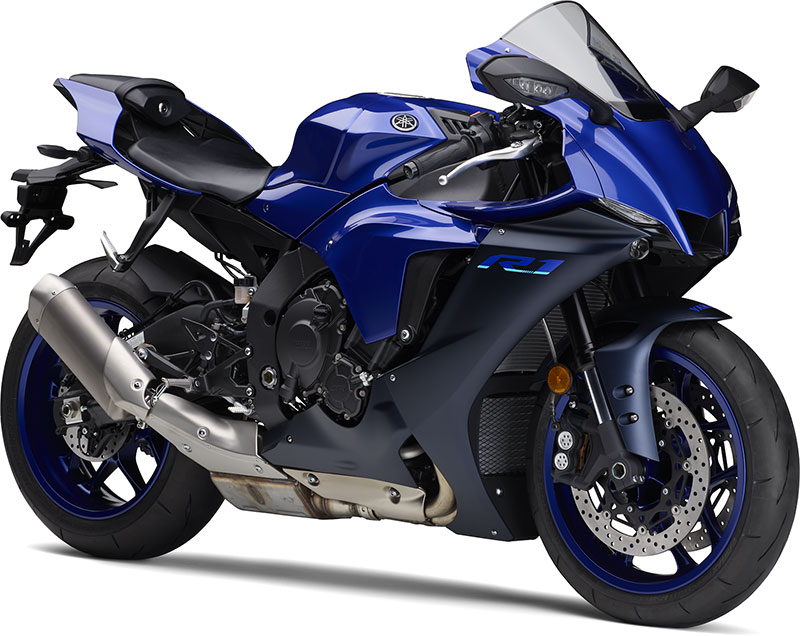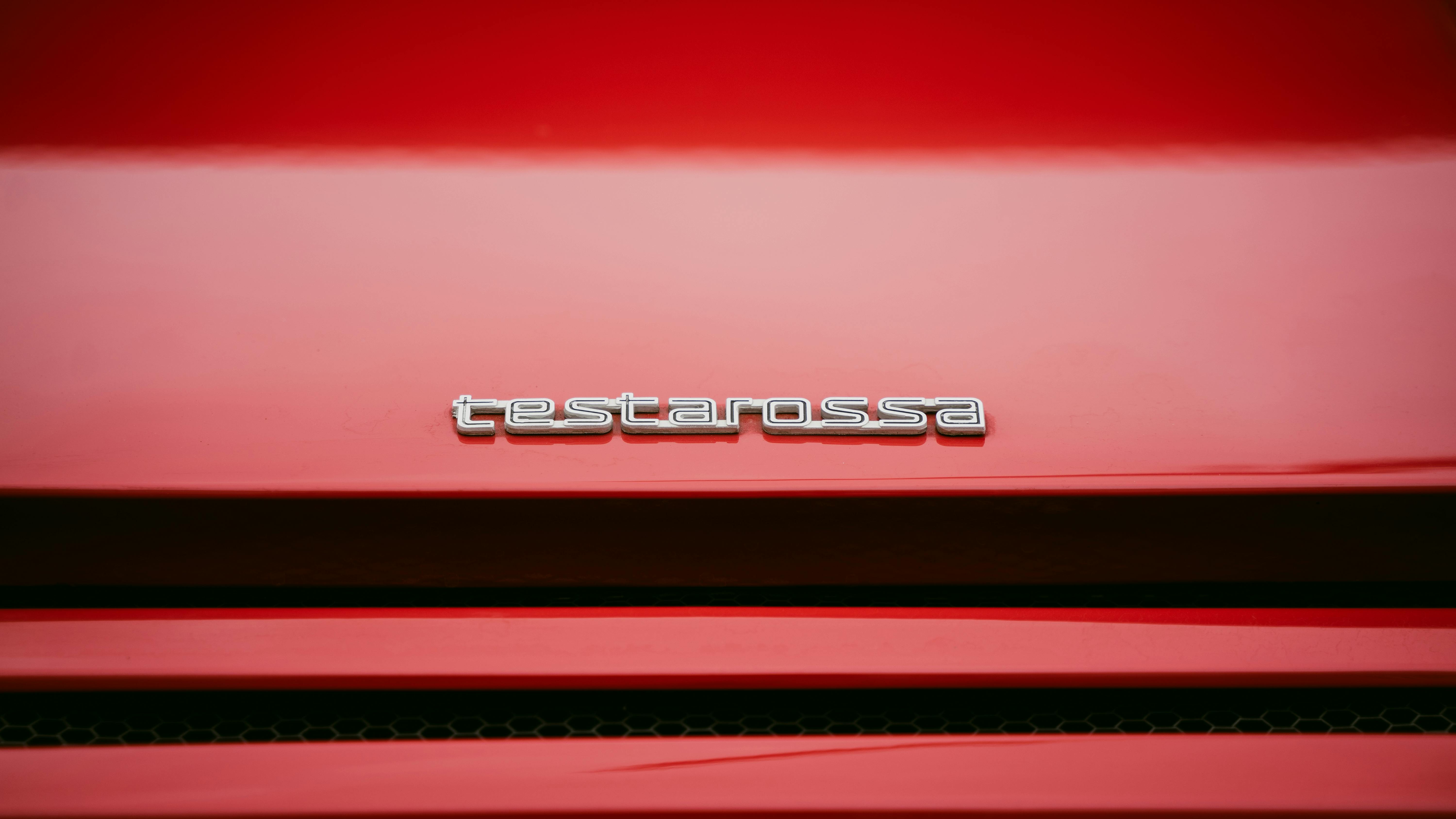
In the dazzling world of luxury automobiles, where gleaming chrome and roaring engines often symbolize unparalleled success, there exists an unspoken hierarchy—a velvet rope drawn not by price, but by an unyielding set of rules. Ferrari, the iconic Italian marque, stands as a testament to this exclusivity, proving that even for the planet’s biggest stars, wealth and fame don’t guarantee a seat behind the wheel of their most coveted creations.
For many, owning a Ferrari is the ultimate status symbol, a dream attainable only by the exceptionally affluent. Yet, a deeper dive reveals that the Prancing Horse maintains a philosophy far removed from mere financial transactions. It’s a brand that doesn’t just sell cars; it sells an identity, a legacy, and a seat in an elite club where members are chosen, not just by their bank accounts, but by their loyalty, their discretion, and their alignment with Ferrari’s meticulously crafted image. This isn’t about rejection; it’s about selection.
Ferrari’s strategy is a masterclass in controlled scarcity, where demand intentionally outpaces supply by over 300%. As reported, in 2023, Ferrari sold a mere 11,155 cars globally – a number dwarfed by many mass-market manufacturers. This deliberate limitation, combined with a rigorous vetting process that scrutinizes everything from a buyer’s reputation to their behavior and online image, ensures that ‘Ferrari chooses the driver,’ as the insiders whisper. For those who deviate from this ethos, the consequences can be swift and definitive, leading to exclusion from future special editions. Let’s delve into the stories of some high-profile individuals who learned this lesson the hard way.

1. **Justin Bieber: The Modifying Maverick**Justin Bieber, a pop sensation with global recognition, might seem like a natural fit for a brand synonymous with speed and style. However, his history with Ferrari stands as one of the most famous cases of a celebrity encountering the brand’s strict rules. Bieber was, for a time, the proud owner of a Ferrari 458 Italia F1 Edition, a car boasting an engine designed with input from Ferrari’s F1 team, originally in pristine white.
His journey with the car, however, took a turn that would put him at odds with the Maranello giants. Bieber famously took his 458 Italia to West Coast Customs, transforming its appearance by wrapping it in electric blue, changing its wheels, and even altering the steering wheel’s prancing horse logo. These unauthorized modifications were a direct breach of Ferrari’s unwritten rules, which explicitly prohibit significant alterations or customizations to their vehicles.
Adding insult to injury, Bieber reportedly sold the customized car at auction in 2017, a move that violated another core Ferrari principle: customers are prohibited from selling their cars within the first year of ownership. This rapid resale, combined with his extensive customization, was enough for Ferrari to reportedly blacklist him permanently. The brand values long-term commitment and respect for its original design, a stance Bieber’s actions clearly challenged.
Beyond these violations, the article notes that the hitmaker reportedly couldn’t remember where his car was parked once for two weeks, an anecdote that, while seemingly minor, could contribute to a perception of carelessness, further distancing him from Ferrari’s ideal owner profile. His reputation for reckless driving, including a high-profile incident involving a Lamborghini, is also believed to have played a crucial role in Ferrari’s decision to deny him future opportunities to own their cars, cementing his status on the brand’s ‘restricted’ list.
Car Model Information: 2020 BMW X3 xDrive30i
Name: Ferrari 458
Aka: Ferrari 458 Italia,Ferrari 458 Speciale,Ferrari 458 Spider
Manufacturer: Ferrari
Production: 2009–2015
Assembly: Maranello
Designer: Donato Coco
Class: Sports car
BodyStyle: berlinetta,Convertible
Layout: Rear-engine, rear-wheel-drive layout
Engine: Ferrari F136 engine#Ferrari,V8 engine
Powerout: ubl
Abbr: on
Transmission: dual clutch transmission,automatic transmission
Wheelbase: 2650 mm
Length: 4527 mm
Width: 1937 mm
Height: 1213 mm
Weight: 3450 lb
Order: flip
Predecessor: Ferrari F430
Successor: Ferrari 488
Categories: 2010s cars, 24 Hours of Le Mans race cars, All articles with unsourced statements, Articles with hAudio microformats, Articles with short description
Summary: The Ferrari 458 Italia (Type F142) is an Italian mid-engine sports car produced by Ferrari. The 458 is the successor of the F430, and was first officially unveiled at the 2009 Frankfurt Motor Show. It was succeeded by the 488 GTB (Gran Turismo Berlinetta) in 2015.
Get more information about: Ferrari 458
Buying a high-performing used car >>>
Brand: Ferrari Model: 458 Italia
Price: $26,485 Mileage: 40,004 mi.

2. **Kim Kardashian: Image, Ownership, and Alignment**Kim Kardashian, a titan of reality television and social media, is another celebrity whose relationship with Ferrari has been marked by limitations. Despite her immense wealth and influence, Kardashian has faced reported restrictions from the carmaker, particularly concerning exclusive models and special editions. Ferrari itself has clarified that she can still purchase series models, but the most sought-after vehicles remain out of reach.
Kardashian was last seen driving a Ferrari in 2012, a 458 Italia, which was reportedly a wedding gift from a Malaysian businessman who later turned out to be a financial fraudster. While the source of the car itself might raise questions about alignment with Ferrari’s values of clean financial records, her subsequent actions and ownership habits are believed to be the primary reasons for her limited access to special editions.
One speculation for this limitation is her ownership of rival brand Lamborghini. Ferrari’s unwritten rule dictates that you cannot own a Lamborghini, a commitment buyers of limited-edition models are rumored to agree to. This direct competition is a clear no-go for Ferrari, which fiercely protects its brand loyalty. Furthermore, Kardashian’s known habit of color-wrapping her cars, akin to Bieber’s modifications, also goes against Ferrari’s strict policy of no flashy modifications, which could be another contributing factor to her exclusion.
Ultimately, Ferrari’s decision regarding Kardashian appears to stem from a perceived misalignment of her public image with the brand’s tightly controlled aura. Her prolific social media presence and the way she promotes her lifestyle, while immensely successful, might not embody the discreet, understated luxury and unwavering brand loyalty that Ferrari seeks in its most privileged customers. It underscores the point that for Ferrari, ‘fit’ is paramount, even for global icons.

3. **Kylie Jenner and Tyga: The Repossession Debacle**The Kardashian/Jenner clan’s troubles with Ferrari don’t end with Kim. Kylie Jenner, another reality TV powerhouse, and her then-partner, rapper Tyga, found themselves embroiled in their own Ferrari debacle back in 2017. Their incident brought unwanted headlines and highlighted another common pitfall for those hoping to maintain a good standing with the exclusive car brand: financial responsibility and lease agreements.
Tyga’s Ferrari ride was reportedly repossessed due to alleged lack of payment on the lease, a stark reminder that even celebrities are not immune to financial obligations. While the car was ultimately returned to the musician, the public nature of the repossession likely raised eyebrows within Ferrari’s ranks. The brand values financial stability and discretion, and a public incident involving payment default would certainly contradict these expectations.
Hot Cars noted that Tyga is also allegedly banned from buying from the brand, suggesting that the repossession incident had lasting repercussions beyond the immediate return of the vehicle. This event underscores Ferrari’s expectation that its owners maintain not just financial solvency but also a level of conduct that upholds the brand’s prestigious image.
For Kylie Jenner, being associated with this incident, especially as part of the prominent Kardashian/Jenner family, further complicated the family’s standing with Ferrari. It seems the luxury carmaker holds its customers to a high standard, extending to their financial practices and public reputation. This incident serves as a cautionary tale, emphasizing that even through association, one’s ability to join Ferrari’s elite club can be jeopardized.

4. **Chris Harris: The Journalist Who Spoke Out**Not all individuals who find themselves on Ferrari’s rumored ‘ban list’ are celebrities in the traditional sense of entertainment or sports. Journalist Chris Harris is a notable example, reportedly falling out of favor with the brand for a reason that speaks volumes about Ferrari’s control over its narrative: critical journalism. His situation highlights that loyalty and alignment with the brand extend even to how it’s portrayed in the media.
Harris, a respected automotive journalist, reportedly incurred Ferrari’s ire after writing a 2011 article that called out their journalism practices. While the exact content of the article isn’t detailed, the implication is that Harris’s critique was not well-received by the famously image-conscious Italian automaker. For a brand that meticulously controls its public perception, any perceived challenge to its authority or integrity, even from an influential voice, can have consequences.
This incident suggests that Ferrari not only vets its buyers but also implicitly expects a certain level of deference or positive representation from those within the automotive world. For Ferrari, the story and legacy of the brand are as important as the vehicles themselves, and they are fiercely protective of how that story is told. Critical reporting, even if factual, can be seen as a breach of this unwritten code of conduct.
As a result, Harris is reportedly “not big with the brand,” which in Ferrari’s world, can mean being denied access to test drives of new models, invitations to exclusive events, or even the opportunity to purchase future special editions. His case illustrates that for Ferrari, maintaining control over their image and narrative is paramount, and those who challenge it, regardless of their profession, may face exclusion.
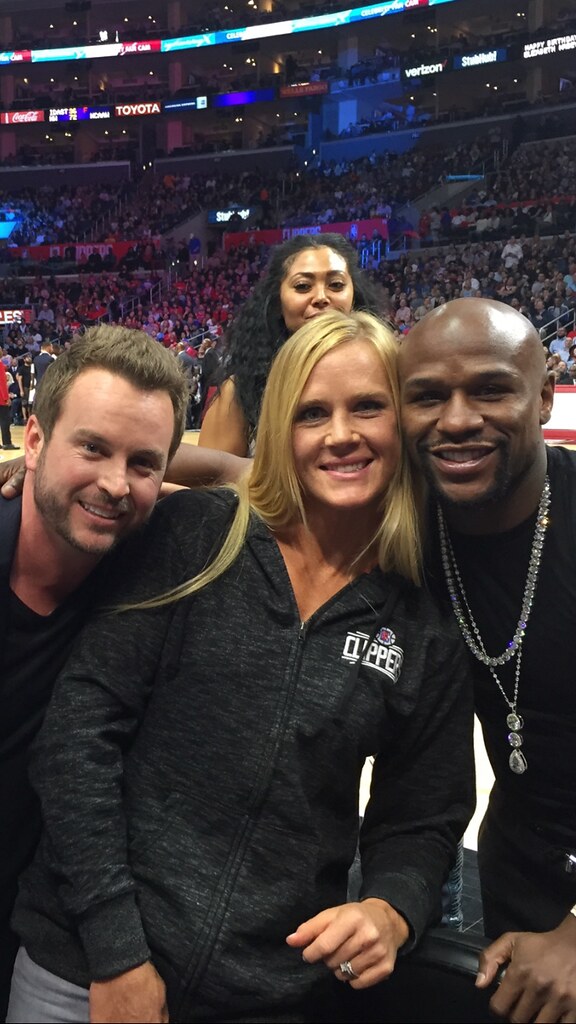
5. **Floyd Mayweather: Excessive Flash and Quick Flips**Floyd Mayweather, known as ‘Money’ Mayweather, is synonymous with lavish displays of wealth, owning an impressive collection of high-end automobiles. Despite his substantial fortune and apparent love for luxury cars, including multiple Ferraris, he has reportedly been quietly excluded from future limited editions. His exclusion reveals another layer of Ferrari’s stringent criteria: a demand for discretion and a disdain for quick resale for profit.
Mayweather’s habit of quickly reselling cars, often highlighted by his flashy online posts, reportedly grabbed Ferrari’s attention. While it’s common for some luxury car owners to cycle through vehicles, Ferrari specifically prohibits customers from selling their limited-edition models within the first year of ownership. This rule is designed to prevent ‘flipping’—buying a car simply to immediately resell it at a higher price—which can undermine the brand’s controlled scarcity and inflate prices artificially, bypassing Ferrari’s own sales channels.
Ferrari’s philosophy is rooted in fostering a genuine, long-term relationship with its customers. They want owners who appreciate the craftsmanship and heritage, not those who view their cars merely as speculative assets for quick profit. Mayweather’s public persona, characterized by excessive, flashy online posts showcasing his acquisitions and subsequent sales, likely clashed with Ferrari’s preference for discreet wealth and genuine appreciation for the marque.
His case reinforces the idea that owning a Ferrari, especially a special edition, is a privilege that comes with unspoken responsibilities. It’s not just about affording the car; it’s about embodying the brand’s values, which, for Ferrari, include a certain level of decorum and a commitment to not using their vehicles for overt clout-chasing or speculative resales. Mayweather’s behavior, while financially savvy for him, did not align with Ferrari’s long-term vision for its brand.
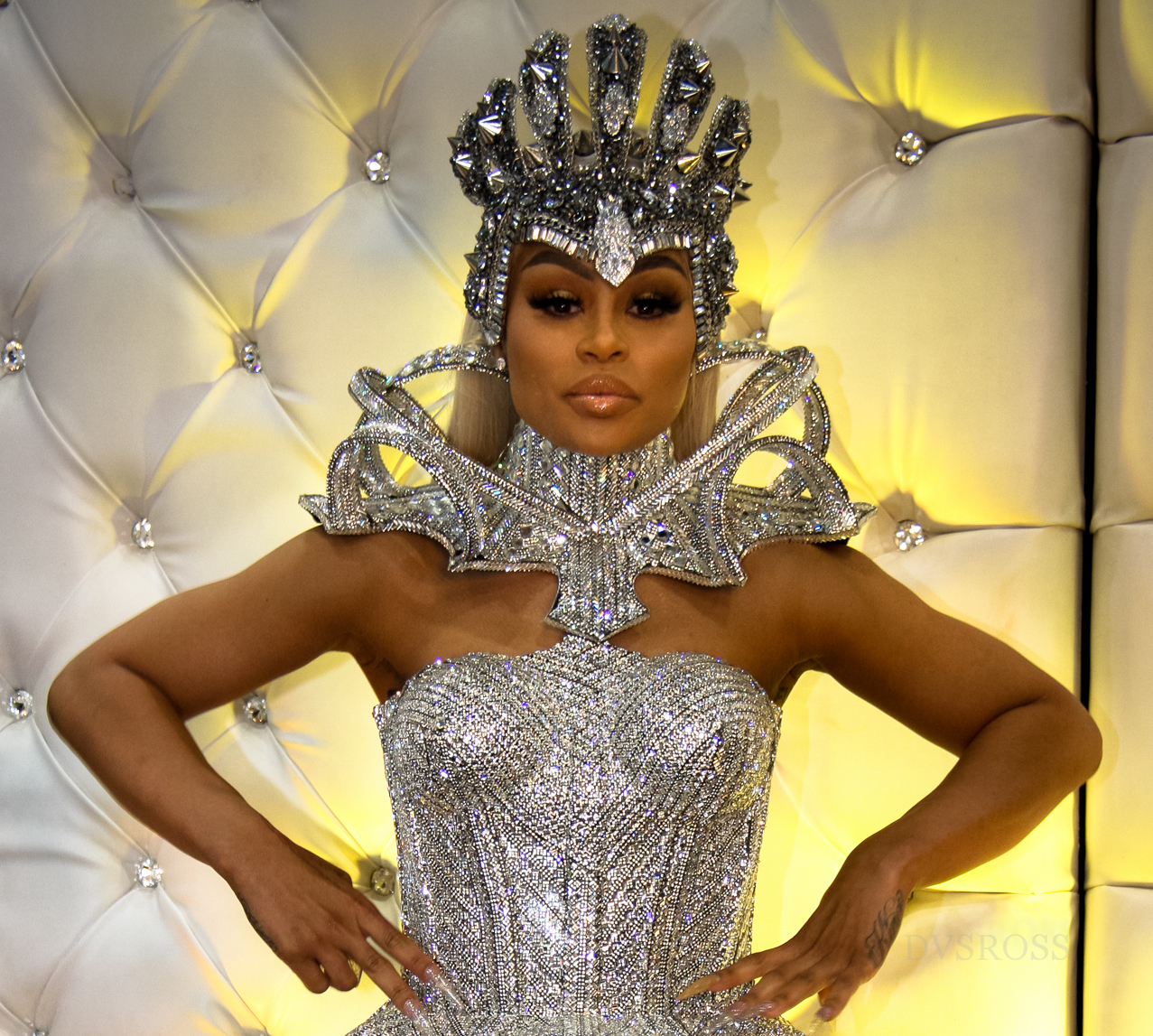
6. **Blac Chyna: Another Case of the Colorful Wrap**Blac Chyna, a prominent reality television personality and entrepreneur, joins the ranks of celebrities who have reportedly faced Ferrari’s disapproval, once again highlighting the brand’s zero-tolerance policy for unauthorized vehicle modifications, particularly when it comes to aesthetic alterations like colorful wraps. Her situation mirrors that of Justin Bieber and contributes to a pattern of what Ferrari considers ‘defacement’ of its iconic designs.
While the specific details of Blac Chyna’s Ferrari incident are less elaborated upon in the context than some others, she is explicitly mentioned as having “allegedly been dinged for colorful car wraps.” This indicates that, like Justin Bieber and Deadmau5, her choice to dramatically alter the exterior of her Ferrari with a vibrant, non-standard finish was likely the cause of her reported blacklisting from future special editions.
Ferrari invests immense resources in the design and aesthetics of its vehicles, considering them works of art. Any significant alteration, such as a full-body wrap in a color not offered or approved by the factory, is seen as disrespectful to the original vision of the Maranello engineers and designers. It dilutes the brand’s carefully curated image and goes against its strict rules for maintaining the vehicle’s integrity.
For Ferrari, a car is not merely a blank canvas for personal expression if that expression detracts from the brand’s identity. The brand’s expectation is that owners will cherish the car as it was conceived and engineered. Blac Chyna’s alleged transgression, therefore, serves as another clear example of how even minor modifications, when they clash with Ferrari’s core values, can lead to exclusion from the most exclusive echelons of ownership.
Continuing our journey into Ferrari’s fiercely guarded world of exclusivity, we delve deeper into how the Prancing Horse maintains its mystique by meticulously selecting its owners. Beyond the initial group who tested the boundaries with modifications and resales, other high-profile figures have found their celebrity status wasn’t enough to secure a place in the inner circle, often due to clashes with Ferrari’s unyielding standards on public conduct, financial propriety, and respect for its design ethos. These stories further illustrate that for Ferrari, the car is more than an asset; it’s a legacy to be upheld.

7. **Deadmau5: The ‘Purrari’ Debacle**Joel Zimmerman, famously known as Deadmau5, the renowned Canadian electronic music producer and DJ, found himself at the center of a very public dispute with Ferrari. A self-professed car enthusiast, Deadmau5 owned a Ferrari 458 Italia, which he customized in a way that he likely believed was a unique form of personal expression, but which Ferrari viewed as a blatant defacement of their cherished brand. His incident is perhaps one of the most widely cited examples of Ferrari’s strict stance on vehicle modifications.
Deadmau5 transformed his 458 Italia into the now-infamous ‘Purrari,’ wrapping it in a vibrant Nyan Cat theme. This wasn’t merely a subtle change; it was a complete and eye-catching overhaul, featuring brightly colored cartoon cats against a rainbow backdrop. He even went so far as to replace the original Ferrari badges with custom ‘Purrari’ emblems and cat-themed floor mats. The car, while a hit with his fans and a viral sensation online, was a direct challenge to Ferrari’s deeply ingrained philosophy of aesthetic integrity.
Ferrari’s response was swift and uncompromising. Deadmau5 received a cease and desist letter from the Italian automaker, demanding that he remove the wrap and return the vehicle to its original factory condition. The brand viewed the customization, particularly the alteration of its iconic ‘Prancing Horse’ logo, as disrespectful and damaging to its image. For Ferrari, their cars are works of art, meticulously designed and engineered, and any significant alteration is considered an insult to that craftsmanship.
While Deadmau5 ultimately complied, removing the wrap and selling the car, the incident reportedly led to his ban from purchasing future special edition Ferraris. This case underscores Ferrari’s unwavering commitment to protecting its brand identity and design integrity. It sends a clear message that personal expression, when it conflicts with Ferrari’s core values, will not be tolerated, even from highly influential figures.
The ‘Purrari’ saga serves as a cautionary tale: for Ferrari, the car’s original form and the brand’s image are paramount. Owners are expected to appreciate and preserve the vehicle as conceived by the Maranello factory, not to treat it as a blank canvas for radical, unapproved artistic interpretations that could dilute the brand’s sophisticated and prestigious aura.
Car Model Information: 2019 Volkswagen Atlas 3.6L SE
Name: Ferrari 458
Aka: Ferrari 458 Italia,Ferrari 458 Speciale,Ferrari 458 Spider
Manufacturer: Ferrari
Production: 2009–2015
Assembly: Maranello
Designer: Donato Coco
Class: Sports car
BodyStyle: berlinetta,Convertible
Layout: Rear-engine, rear-wheel-drive layout
Engine: Ferrari F136 engine#Ferrari,V8 engine
Powerout: ubl
Abbr: on
Transmission: dual clutch transmission,automatic transmission
Wheelbase: 2650 mm
Length: 4527 mm
Width: 1937 mm
Height: 1213 mm
Weight: 3450 lb
Order: flip
Predecessor: Ferrari F430
Successor: Ferrari 488
Categories: 2010s cars, 24 Hours of Le Mans race cars, All articles with unsourced statements, Articles with hAudio microformats, Articles with short description
Summary: The Ferrari 458 Italia (Type F142) is an Italian mid-engine sports car produced by Ferrari. The 458 is the successor of the F430, and was first officially unveiled at the 2009 Frankfurt Motor Show. It was succeeded by the 488 GTB (Gran Turismo Berlinetta) in 2015.
Get more information about: Ferrari 458
Buying a high-performing used car >>>
Brand: Ferrari Model: 458 Italia
Price: $15,988 Mileage: 72,895 mi.

8. **Gordon Ramsay: Temperament and Exclusivity**Even a loyal and affluent collector like celebrity chef Gordon Ramsay, known for his extensive Ferrari collection and deep appreciation for the brand, isn’t immune to Ferrari’s rigorous selection process. Ramsay, despite owning numerous models and being a significant customer, was famously denied the opportunity to purchase the hyper-exclusive LaFerrari Aperta. This incident highlights that loyalty and wealth alone do not guarantee access to Ferrari’s most coveted and limited-run vehicles.
The LaFerrari Aperta, a convertible version of the hybrid hypercar, was produced in extremely limited numbers (just 210 units worldwide), making its allocation a highly selective process. Ferrari’s decision to deny Ramsay, a known enthusiast, was reportedly based on concerns regarding his fiery temperament and public persona. The brand’s concern was that Ramsay’s outspoken nature and occasional controversial public conduct could potentially harm the meticulously crafted image of the LaFerrari Aperta, a vehicle reserved for their most esteemed and discreet collectors.
This refusal demonstrates the extent to which Ferrari’s vetting process goes beyond financial capacity and previous ownership history. It delves into an individual’s public conduct and how their persona aligns with the brand’s desire for an understated, refined, and prestigious image. For Ferrari, the owners of these ultra-exclusive models are ambassadors of the brand, and their behavior, both public and private, must reflect the values of Maranello.
Gordon Ramsay’s case underscores the idea that for Ferrari, owning a limited-edition model is not just about a transaction; it’s about being chosen as a custodian of their legacy. Even with a deep passion for the marque, if a potential owner’s public image or perceived temperament clashes with Ferrari’s ideal, the opportunity can be withdrawn, proving that some privileges within the Ferrari world are simply not for sale.
Car Model Information: 2019 Volkswagen Atlas 3.6L SE
Name: LaFerrari
Manufacturer: Ferrari
ModelCode: F150
Production: 2013–2018
ModelYears: 2013–2016 (coupé),2016–2018 (Aperta)
Assembly: Maranello
Designer: Flavio Manzoni
Class: Sports car
BodyStyle: coupé
Layout: Rear mid-engine, rear-wheel-drive layout
Related: Ferrari FXX-K,Ferrari Daytona SP3
Engine: Ferrari F140 engine,V12 engine
Motor: Kinetic energy recovery system
Transmission: Dual-clutch transmission
Powerout: Convert
Wheelbase: 2650 mm
Abbr: on
Length: 4702 mm
Width: 1992 mm
Height: 1116 mm
Weight: 3495 lb
Order: flip
Predecessor: Ferrari Enzo
Successor: Ferrari F80
Sp: uk
Doors: Butterfly doors
Categories: All Wikipedia articles written in British English, Articles with short description, CS1 Italian-language sources (it), Cars discontinued in 2018, Cars introduced in 2013
Summary: The LaFerrari (project name F150) is a limited production mid-engine, mild hybrid sports car built by Italian automotive manufacturer Ferrari. Its name means “The Ferrari” in Italian, as it is intended to be the definitive Ferrari.
Get more information about: LaFerrari
Buying a high-performing used car >>>
Brand: Ferrari Model: LaFerrari Aperta
Price: $15,988 Mileage: 72,895 mi.
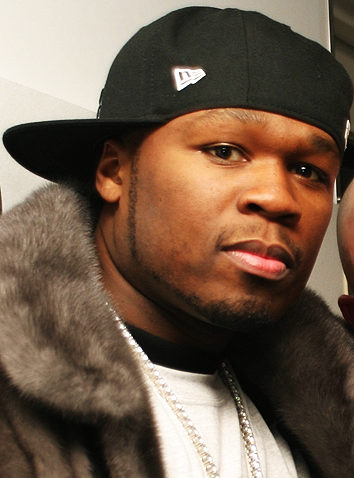
9. **50 Cent: The Power of Negative Public Remarks**Curtis Jackson, better known as rapper 50 Cent, found himself on Ferrari’s reported ‘restricted’ list for a reason that speaks volumes about the brand’s sensitivity to its public perception: speaking poorly about his car. In a world where luxury brands often rely on glowing endorsements, Ferrari demonstrates that it has zero tolerance for perceived disloyalty or public criticism, even from a global superstar.
Although the specific details are less publicized than some other cases, 50 Cent reportedly upset the brand by posting what Ferrari considered “inappropriate” content involving his car or making negative comments about his ride. For a brand that meticulously controls its narrative and fosters an image of perfection and aspiration, any public complaint or disparaging remark from an owner is taken extremely seriously. It’s not just about the car itself, but the entire ownership experience and its portrayal to the world.
Ferrari invests enormous resources in its engineering, design, and brand mystique. Publicly complaining about a vehicle, especially from a platform as wide-reaching as a celebrity’s social media, can be seen as undermining this effort and damaging the brand’s reputation. It signals a lack of respect for the marque’s heritage and the privilege of ownership. Ferrari expects its owners to be brand advocates, not detractors.
This incident highlights Ferrari’s uncompromising stance on maintaining its pristine image. The company operates with the belief that its cars are beyond reproach, and any public criticism, regardless of its validity, can lead to exclusion. For 50 Cent, his public comments reportedly cost him his standing with a brand that values discretion and unwavering loyalty above all else, reaffirming that for Ferrari, perception is truly everything.
Read more about: Beyond the Smile: Unpacking 15 Sketchy Steve Harvey Moments Everyone Conveniently Forgets

10. **Nicolas Cage: Financial Struggles and Asset Liquidation**Nicolas Cage, the acclaimed actor known for his eclectic film roles and once for his impressive car collection, also experienced Ferrari’s strict criteria, albeit for reasons stemming from financial hardship rather than deliberate defiance. His situation highlights that Ferrari values a customer’s financial stability and ability to retain their prized vehicles, far more than their celebrity status or past loyalty.
Cage, at one point a loyal Ferrari owner, faced significant financial troubles that led him to auction off a substantial portion of his assets, including his beloved car collection. While not a direct act of ‘flipping’ for profit or unauthorized modification, the forced sale of his vehicles due to financial distress put him at odds with Ferrari’s implicit expectations for its owners. Ferrari desires customers who can maintain a stable financial footing and demonstrate a long-term commitment to their vehicles, rather than treating them as disposable assets.
Ferrari’s values financial stability as a key indicator of a suitable owner, ensuring that their vehicles are held by individuals who can cherish and maintain them without external pressures forcing their sale. When an owner is compelled to liquidate their Ferrari due to economic difficulties, it can be seen as a misalignment with the brand’s image of enduring luxury and discreet wealth. Ferrari wants owners who purchase their cars out of genuine desire and capability, not those who might be forced to part with them under duress.
Therefore, Nicolas Cage’s reported blacklisting stemmed from circumstances beyond his control, yet it still impacted his standing. It serves as a potent reminder that for Ferrari, financial solvency is a critical component of ideal ownership. Even celebrated actors, if they experience significant financial struggles leading to the sale of their prized assets, may find themselves excluded from future opportunities to acquire the most exclusive models.
Read more about: The Hollywood Ending That Was a Lie: Unveiling the Stars’ Secret Financial Ruin

11. **Steve Wynn: The Billionaire Who Tried to Flip**Even billionaire casino mogul Steve Wynn, a figure synonymous with opulence and high-stakes ventures, discovered that Ferrari’s rules apply to everyone, regardless of their financial might. Wynn reportedly faced severe repercussions after attempting to ‘flip’ his LaFerrari, a clear violation of one of Ferrari’s most fiercely enforced policies: the prohibition against quick resales for profit.
The LaFerrari, an ultra-limited production hybrid supercar, was a jewel in Ferrari’s crown, with only 500 units ever made. Buyers for such exclusive models are not merely selected; they are invited, signifying a deep relationship with the brand. Ferrari imposes strict covenants, typically prohibiting owners from selling their limited-edition vehicles within the first year, or sometimes even longer. This rule is designed to prevent speculative buying and the ‘flipping’ of cars immediately for a higher price, which artificially inflates market values and bypasses Ferrari’s controlled distribution channels.
Steve Wynn’s reported attempt to resell his LaFerrari within this restricted period was viewed by Ferrari as a direct affront to its brand philosophy. The consequence for such a transgression was stark and highly public: Ferrari stripped Wynn of his dealership privileges. This wasn’t merely a personal ban; it was a powerful statement directed at a major figure in the luxury world, demonstrating that Ferrari is uncompromising in protecting its market integrity and brand values.
This incident reinforces the idea that for Ferrari, every owner of a limited-edition model is expected to be a genuine enthusiast and a long-term custodian, not a speculator. The brand goes to extraordinary lengths to ensure that its most special creations are in the hands of those who truly appreciate their heritage and performance, rather than those looking for a quick profit.
Steve Wynn’s case is perhaps the ultimate illustration that Ferrari’s rules are absolute. Neither immense wealth nor influential status grants immunity from the brand’s stringent code of conduct. Ferrari’s power lies in its ability to say ‘no,’ and by doing so, it reinforces the unparalleled exclusivity and desirability of its automobiles, ensuring that for these coveted machines, true privilege means playing by Maranello’s rules.
Car Model Information: 2014 Ferrari LaFerrari 2dr Cpe
Name: LaFerrari
Manufacturer: Ferrari
ModelCode: F150
Production: 2013–2018
ModelYears: 2013–2016 (coupé),2016–2018 (Aperta)
Assembly: Maranello
Designer: Flavio Manzoni
Class: Sports car
BodyStyle: coupé
Layout: Rear mid-engine, rear-wheel-drive layout
Related: Ferrari FXX-K,Ferrari Daytona SP3
Engine: Ferrari F140 engine,V12 engine
Motor: Kinetic energy recovery system
Transmission: Dual-clutch transmission
Powerout: Convert
Wheelbase: 2650 mm
Abbr: on
Length: 4702 mm
Width: 1992 mm
Height: 1116 mm
Weight: 3495 lb
Order: flip
Predecessor: Ferrari Enzo
Successor: Ferrari F80
Sp: uk
Doors: Butterfly doors
Categories: All Wikipedia articles written in British English, Articles with short description, CS1 Italian-language sources (it), Cars discontinued in 2018, Cars introduced in 2013
Summary: The LaFerrari (project name F150) is a limited production mid-engine, mild hybrid sports car built by Italian automotive manufacturer Ferrari. Its name means “The Ferrari” in Italian, as it is intended to be the definitive Ferrari.
Get more information about: LaFerrari
Buying a high-performing used car >>>
Brand: Ferrari Model: LaFerrari
Price: $4,999,000 Mileage: 2,608 mi.
As we’ve seen, Ferrari is far more than a car manufacturer; it’s a meticulously curated luxury experience, a testament to the power of scarcity, discretion, and an unyielding commitment to brand integrity. The stories of these high-profile individuals serve not as tales of rejection, but as profound lessons in selection – a masterclass in how an iconic marque maintains its mystique in an ever-changing world. It’s a reminder that sometimes, the greatest luxury isn’t owning everything you desire, but being chosen to own something truly extraordinary.


